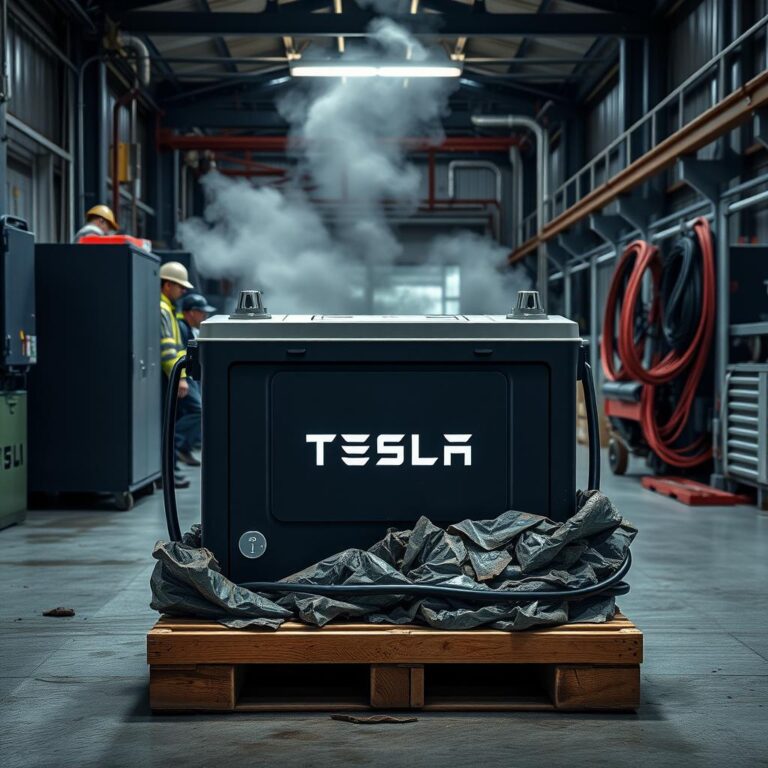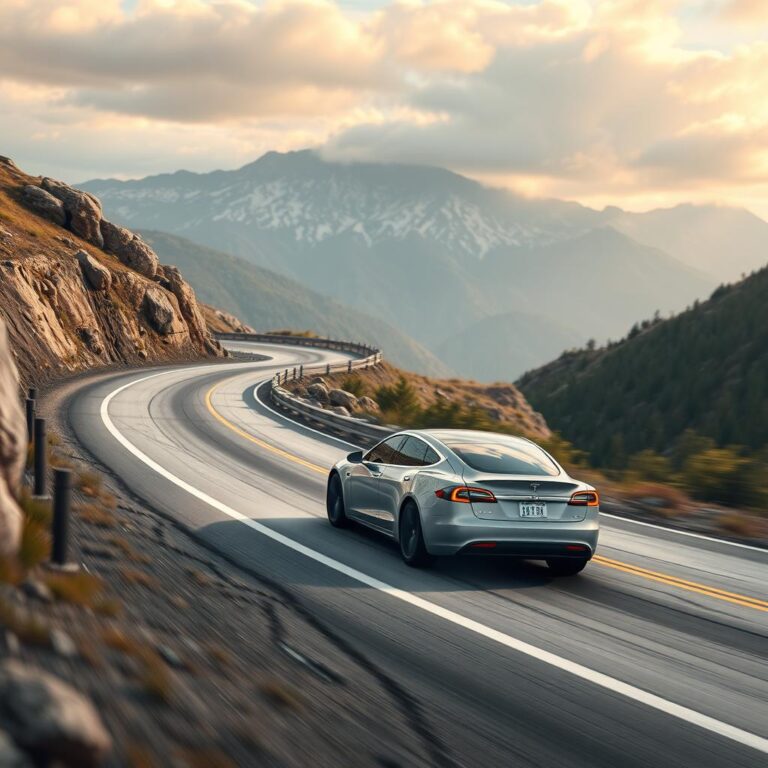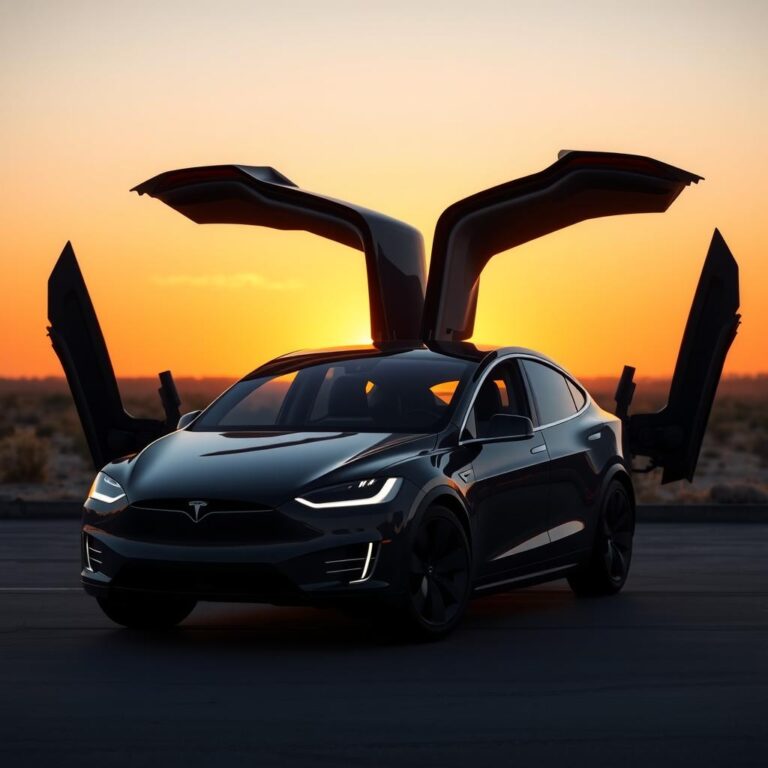Can Tesla Cars Drive Themselves?
Can Tesla cars drive themselves? Yes, but not fully—at least, not yet. Tesla’s Autopilot and Full Self-Driving (FSD) features provide advanced driver assistance, but they still require human supervision.
What Self-Driving Features Do Tesla Cars Have?
Tesla vehicles come with advanced driver assistance systems (ADAS) that allow for semi-autonomous driving.
- Autopilot: Helps with steering, acceleration, and braking on highways.
- Full Self-Driving (FSD) Beta: Can navigate city streets, recognize traffic signals, and make turns.
- Smart Summon: Moves the car in parking lots without a driver inside.
- Navigate on Autopilot: Guides the car on highways, making lane changes and taking exits.
Can a Tesla Drive Itself Without a Driver?
No, Tesla cars cannot drive completely on their own yet. They require an attentive driver at all times.
- Hands-on steering: The driver must keep hands on the wheel.
- Driver monitoring: Tesla uses in-car cameras to check if the driver is paying attention.
- Regulatory limitations: Tesla’s self-driving features are not approved for full autonomy.
How Does Tesla Autopilot Work?
Autopilot is an advanced driver assistance system that uses cameras, sensors, and AI to control the car.
- Adaptive cruise control: Maintains speed and distance from other vehicles.
- Lane centering: Keeps the car within its lane on highways.
- Automatic braking: Slows down for obstacles and sudden stops.
- Traffic-aware steering: Adjusts the car’s direction based on surrounding traffic.
Is Tesla’s Full Self-Driving (FSD) Actually Autonomous?
No, Tesla’s Full Self-Driving (FSD) is not fully autonomous yet. It can assist with complex driving tasks, but it still needs human oversight.
- City street navigation: FSD can follow roads, take turns, and stop at traffic lights.
- Pedestrian detection: Recognizes people and cyclists on the road.
- Over-the-air updates: Tesla continuously improves FSD through software updates.
Can You Sleep While a Tesla Drives?
No, it is illegal and unsafe to sleep while a Tesla is driving. The driver must always be alert and ready to take control.
- Driver monitoring: Tesla’s cabin camera detects if the driver is inattentive.
- Steering wheel checks: Tesla requires slight steering wheel movements to confirm the driver is engaged.
- Autopilot disengagement: If the driver doesn’t respond, Tesla will slow down and stop.
Can Tesla Cars Pick You Up Without a Driver?
Yes, but only in short distances. Tesla’s Smart Summon feature allows the car to move through parking lots autonomously.
- Smart Summon: Moves the car toward the driver within a parking area.
- Limited range: Works within 200 feet of the driver.
- Requires a phone connection: The driver must control it via the Tesla app.
Will Tesla Ever Be Fully Self-Driving?
Tesla aims to achieve full autonomy, but the technology is not ready yet.
- AI training: Tesla’s neural network is continuously improving.
- Regulatory approvals: Governments must approve full self-driving cars.
- Hardware limitations: Current Tesla models may need hardware upgrades for full autonomy.
So, can Tesla cars drive themselves? Not entirely. Tesla offers advanced automation, but human supervision is still required.
In the next section, we’ll explore real-world self-driving tests, legal challenges, and Tesla’s roadmap for full autonomy.

Have Tesla Cars Successfully Driven Themselves?
Several real-world tests have shown Tesla’s ability to drive autonomously, but with limitations.
- FSD Beta drives in cities: Testers report that Tesla can navigate urban environments with some driver interventions.
- Highway driving is nearly autonomous: Autopilot works well on highways, but human oversight is needed.
- Challenges with unpredictable events: Tesla struggles with unexpected obstacles, such as construction zones.
Can a Tesla Drive Without a Human?
Not legally. Tesla’s current self-driving technology still requires a licensed driver behind the wheel.
- Regulatory restrictions: No country fully allows driverless Teslas.
- Software limitations: FSD is still in beta testing and makes occasional mistakes.
- Safety concerns: Tesla is not classified as a Level 5 autonomous vehicle.
What Are the Legal Issues Around Tesla’s Self-Driving?
There are ongoing debates and legal challenges regarding Tesla’s autonomous claims.
- Government approvals: Some states have stricter rules on self-driving features.
- Liability concerns: If a Tesla crashes while in FSD mode, who is responsible?
- Consumer lawsuits: Some Tesla owners claim FSD does not perform as advertised.
How Does Tesla’s Self-Driving Compare to Other Autonomous Cars?
Other companies, like Waymo and Cruise, are developing full autonomy, but Tesla has a different approach.
- Waymo uses LiDAR: Tesla relies on cameras, while Waymo uses laser-based sensors.
- Cruise offers driverless taxis: General Motors’ Cruise operates fully autonomous taxis in select cities.
- Tesla depends on AI learning: Tesla constantly updates its AI to improve self-driving abilities.
Does Tesla Have Full Self-Driving Cars on the Market?
No, Tesla’s FSD package is still in beta testing and requires human supervision.
- FSD costs extra: Tesla charges an additional fee for Full Self-Driving.
- Still requires driver oversight: FSD is not fully autonomous yet.
- Frequent software updates: Tesla improves FSD through over-the-air updates.
Can Tesla Cars Stop Themselves in an Emergency?
Yes, Tesla has automatic emergency braking (AEB) and collision avoidance features.
- Detects pedestrians and vehicles: Tesla sensors recognize obstacles.
- Applies brakes automatically: Helps prevent accidents.
- Works at highway speeds: Reduces impact in potential collisions.
What’s Next for Tesla’s Self-Driving Technology?
Tesla continues to refine its self-driving capabilities.
- AI-powered decision-making: Tesla’s neural network keeps improving.
- More real-world data: Tesla gathers millions of miles of driving data.
- Potential for fully autonomous taxis: Elon Musk has hinted at a Tesla “Robotaxi” service.
Pros and Cons of Tesla’s Self-Driving Capabilities
Pros:
- Advanced automation: Tesla offers some of the best self-driving technology available.
- Regular software updates: Tesla vehicles improve over time.
- Enhanced safety features: Autopilot reduces highway accidents.
Cons:
- Not fully autonomous: Tesla still requires driver supervision.
- Legal restrictions: Full self-driving is not approved everywhere.
- Expensive: The FSD package costs extra and is still in beta.
Final Thoughts: Can Tesla Cars Drive Themselves?
Not yet, but they are getting closer.
- Tesla’s Autopilot and FSD can handle many driving tasks, but require human oversight.
- Regulations and technology improvements will determine when true self-driving becomes possible.
- For now, Tesla is one of the most advanced semi-autonomous vehicles on the market.
Full self-driving is the future, and Tesla is leading the way, but complete autonomy is still a work in progress.
FAQs
Can Tesla cars drive themselves without a driver?
No, Tesla vehicles require an attentive driver at all times, even with Full Self-Driving (FSD) engaged.
Will Tesla cars ever be fully self-driving?
Tesla aims for full autonomy, but regulatory approvals and technology advancements are still needed.
Can you sleep while a Tesla drives?
No, it is illegal and unsafe to sleep while using Tesla’s self-driving features. The driver must remain alert.
Does Tesla’s Autopilot work on city streets?
Full Self-Driving (FSD) Beta allows city street navigation, but it still requires driver intervention.
Are there Tesla taxis that drive themselves?
Not yet, but Elon Musk has mentioned plans for a Tesla Robotaxi in the future.
So, can Tesla cars drive themselves? Not fully—but they are among the most advanced self-driving vehicles available today.




